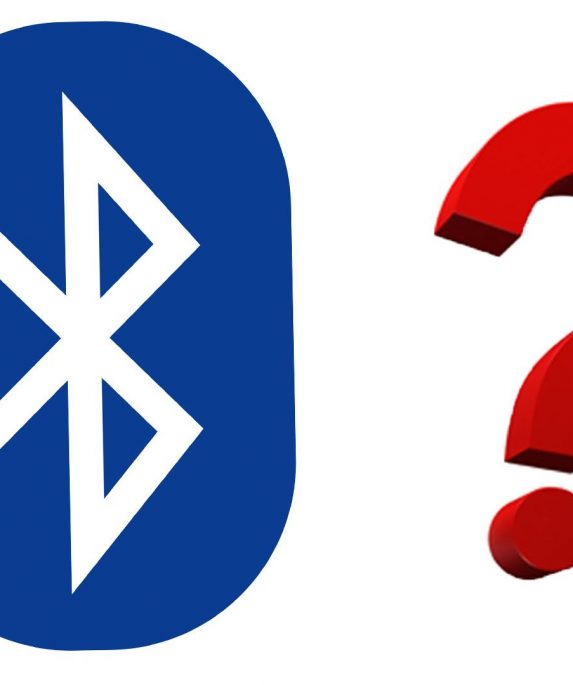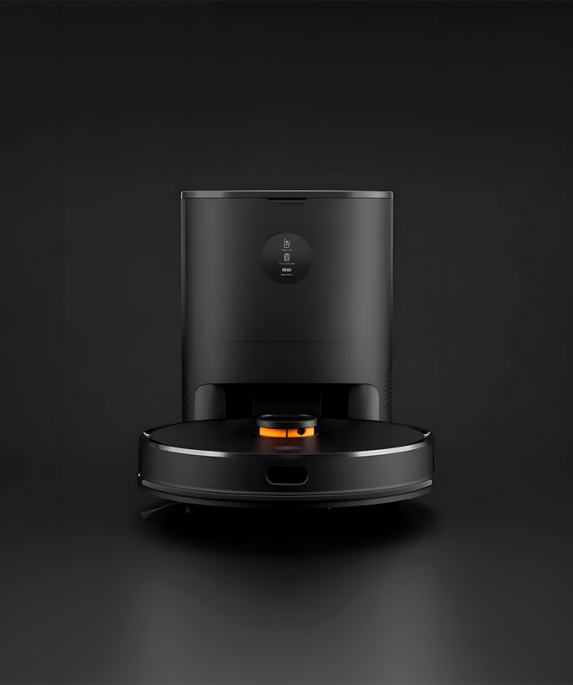A great example that, even without striving for realistic perception, a game can be as rich and engaging as possible is a crash-style project called JetX bet game.


A great example that, even without striving for realistic perception, a game can be as rich and engaging as possible is a crash-style project called JetX bet game.

Innovative technologies contribute to online gambling, from gaming platforms to sophisticated security systems. This is particularly evident in the Lucky Jet game.

So, dive into the world of Crazy Time casino game and prepare for a thrilling gaming adventure.

This post explores the software for recording and editing and the hardware essential for capturing high-quality audio to make the best podcasts.

This discussion highlights the myriad benefits of platforms to view Instagram stories anonymously and how they contribute to a more personalized and unintrusive Instagram experience.

Introducing specialized trade bots has made trading more efficient and automated. Moreover, improved security measures and greater access to online platforms have made it easier for traders to buy CS:GO skins safely and securely.

We will delve into the details of PropTech, its potential, and what the future may hold for the real estate sector and firms like The Moscow Real Estate Company. You can read more about their business on their website.

Today, the procedure can be done almost anywhere. For example, you can get fast loan approval in the Philippines if necessary.

If you find it difficult to understand, you can open any good web catalog with shareware software and get new ideas for your future software products.

You can find apps for PC, and they will help you quickly connect all the devices you need and solve problems.

The gold mining industry has undergone significant changes throughout history. In its early days, mining was a labor-intensive process that required physical strength and endurance. …

In our increasingly connected and digital world, the importance of cybersecurity cannot be overstated. With the rapid advancement of technology, businesses, governments, and individuals are …

Robot vacuum cleaners have come a long way since their inception in the late 90s. Initially, simple machines designed to automate the mundane task of …

Freedom Holding Corp is a renowned international investment holding company serving a vast client base of over 230,000 individuals across the United States, Europe, and …